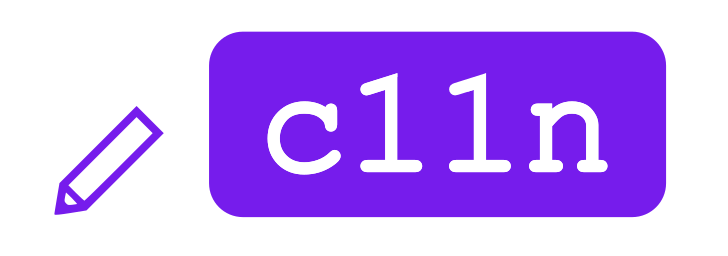More important developments require that I share my view on how Casey's remarks on Substack’s lack of policy on hate speech are so relevant to the importance of Open Source at this very moment. His thoughts are well articulated and rightly encourage all content creators to question the platform they choose to use.
Despite it not being open-source, I was tempted to use Substack because of discoverability features my team flagged for me. However, when I read about all the moderation issues on Substack, I knew I had to stick with Ghost. Frankly, there’s too much at stake. Even though c11n is not about Penpot, I’m still the CEO of an open-source company, and I want to stand behind the open-source ethos with the tools and platforms I use. As I’ll explain in this post, Ghost best embodies what c11n stands for: collaboration.
The third time’s the charm
Funnily enough, this Substack drama marks the third instance in recent news cycles demonstrating the value of open-source options. The Adobe/Figma acquisition, shuttering of Invision, and moderation issues on Substack all share a (quiet) common antagonist: open-source solutions.
The Importance of Being an Owner
Open-source is primarily about shared ownership and what it entitles you to do. The social contract (read: open source licenses) that comes with Open Source allows you to own both the technology you’re using and your creations through transparent file formats that adhere to open standards.
For too long, designers have been making do with proprietary tools and proprietary formats, but, as design has been enjoying more praise and mindshare over the past few years, subscription-based SaaS services have been taking teams' files and creations hostage. This will only get worse, regardless of Adobe’s failed acquisition of Figma, to mention one recent example.
Developers experienced something similar 20 years ago with proprietary programming languages and frameworks and decided they would not be forced to compromise; they rejected that premise from the start. By doing so, they outmatched the industry's growing pressure on the scalability and sustainability of their work with a strong "my work, my rules" stance.
The moment of truth for designers might be around the corner.
Collaboration with a capital C
Unfortunately for many designers, this year started with news of Invision shutting down – yet another change in the design software landscape. Invision showed us that as tools grow more complex, there is a risk of alienating core users and losing sight of their basic needs. Now more than ever, we must stay disciplined in building quality products that are co-created by the community.
The conversations arising from these changes are creating a landscape primed for positive change, and I truly believe Open Source has a key role to play. Why? Because Open Source is the only software building paradigm where co-creation with your community is non-negotiable.
Not all open source projects magically achieve this enlightened collaboration, but they certainly enjoy a privileged position that proprietary software could only dream of.
Your rules, your freedom
Open Source operates on the premise that individual freedom builds successful communities. Instead of a “race to the bottom” effect, you are “equalizing at the top”. This control over your digital tools and services makes you resilient to decisions made elsewhere.
The Substack case is a great example of an asymmetrical relationship where you have no say. You’re left with the hopes that administrators will employ their power in a way that’s compatible with your worldview. Open Source leaves the door wide open for a better accountability framework. If you’re not happy with how a particular platform or company is behaving, you can move elsewhere along with your data or, in extreme cases and for relevant products, project forks can happen.
Casey can’t fork Substack but he can do the next best thing, pick an open source platform like Ghost. He’ll most probably pay for Ghost’s own SaaS service but he knows that if Ghost went rogue, he could spin up an instance of his own and enforce his own rules to The Platformer.
Conclusion
Recent examples of design and content drama reinforce the fact that Open Source is more relevant than ever and that its ethos goes beyond the development world where it all began.
I’m excited about how Open Source will continue to leverage the answers to the tough questions in today’s tech-dominated world. I’m also particularly happy about how Ghost is benefitting from this eye-opener conversation. I backed Ghost’s kickstarter back in 2013 because I believed we needed excellent open source journaling platforms and I’ve been a longtime customer since then - in fact, this is my second Ghost blog (my other one is on Archery). The team at Ghost deserve all this success and much more!
I feel there’s a strong connection between Ghost and Penpot and the way we approach Open Source and the wider creative community. Stay tuned for my next (first?) post here– I’ll be digging into a very special topic for me: Declarative Design.
This is not a first post
Last week, I was preparing to launch my new c11n blog on Substack with an exciting inaugural post on Declarative Design. That's changed now
